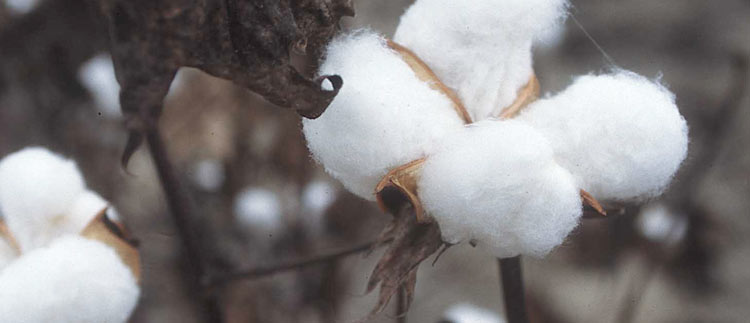Chemical Free, Organic Kids Clothing
We know how important it is to provide your children with comfortable clothing, which is why cotton pyjamas have become so popular among parents. The problem with mass-produced garments is that, in order to keep costs down, the cotton plant is sprayed with deadly pesticides and then the cotton flower ripped from the plant with heavy duty machinery. This machine harvesting damages the delicate cotton, compromising its quality, while the chemical treatments mass-farmed cotton receives through bleaching and colouring can lead to skin irritation. If your child suffers from sensitive skin, eczema or other conditions, your kids clothing could be making the problem worse.
What should you keep in mind when shopping or buying gifts?
Choosing clothing made of sustainable fibers with non-toxic dyes are the safest and will keep harmful chemicals and toxins away from your baby’s skin. Look for clothing that is made out of organic cotton, hemp, bamboo, wool, cashmere, or silk and check the label for no chemical finishes, non-toxic dyes and inks, and fair labor practices. You can also check the label for The Global Organic Textile Standard (GOTS) organic label. GOTS is the world’s leading textile processing standard for organic fibers and requires that the clothing is 95 percent organic and has no toxic dyes or finishes.
If you think cotton is a safe choice because it is "natural", think again. Here are some cold hard facts about the cotton you may be dressing yourself and your kids in…
- Until about half a century ago, cotton growing mainly involved sustainable techniques: it did not permanently deplete resources or create health hazards. With an increase in the world’s demand for cotton at cheaper costs, this has lead to new techniques that aren’t great for us or the environment.
- The pesticides used on regular cotton increasingly threaten people, wildlife and the environment around us. Most pesticides were originally developed as toxic nerve agents during the second world war so it is no wonder they have been linked to many forms of cancers and other illnesses.
- Conventionally grown cotton occupies only 3% of the world's farmland, but uses 25% of the world's chemical pesticides!
- A year 2000 USDA study revealed that 84 million pounds (or 36.7 million kilograms) of pesticides were sprayed on cotton in the USA alone, ranking it second worst offender behind corn. Some of these toxic chemicals include the defoliant Paraquat and insecticides like Parathion which is 60x more toxic that DDT! The EPA considers 7 of the top 15 pesticides used on cotton as "likely" or "known" human carcinogens.
- It is estimated that less than 10% of the chemicals applied to cotton accomplish their task, the rest are absorbed into the plant, air, soil, water and eventually, our bodies. Sprayed from the air, these highly toxic chemicals can drift into surrounding neighbourhoods, poison farm workers, contaminate air, ground and surface water and cause major eco-system imbalances.
- As insects and pests gradually become more resilient to pesticides, increasing amounts are applied to be effective, resulting in massive ecological disasters and crop failures. These hazardous pesticides also pose an increasing danger to wildlife. A 1993 EPA study estimated that 1 to 2 million birds are killed annually by carbofuran, just one insecticide used on cotton!
- Conventional cotton is also a major user of toxic herbicides, fungicides and defoliants. During processing, it is subjected to chlorine bleaches, heavy metal dyes and formaldehyde resins (the hidden hazard of “easy care treatments”). The bleach is almost worse than pesticides, causing myriad health problems and vast environmental damage.
So why is “Organic” better?
- Organic cotton is a return to safe and sustainable practices. It is grown with natural fertilizers and is free from toxic chemicals.
- Organic farmers rely on crop rotation (this means not planting the same crop in the same place year after year) to replenish and maintain soil fertility.
- Mechanical cultivation and botanical or biological means are used to control pests and weeds instead of nasty chemicals.
- It is good to know a field must be pesticide-free for at least three years to be certified organic, and the cotton must be processed according to international organic standards. The standards also set strict guidelines for transportation and storage to avoid cross-contamination.



